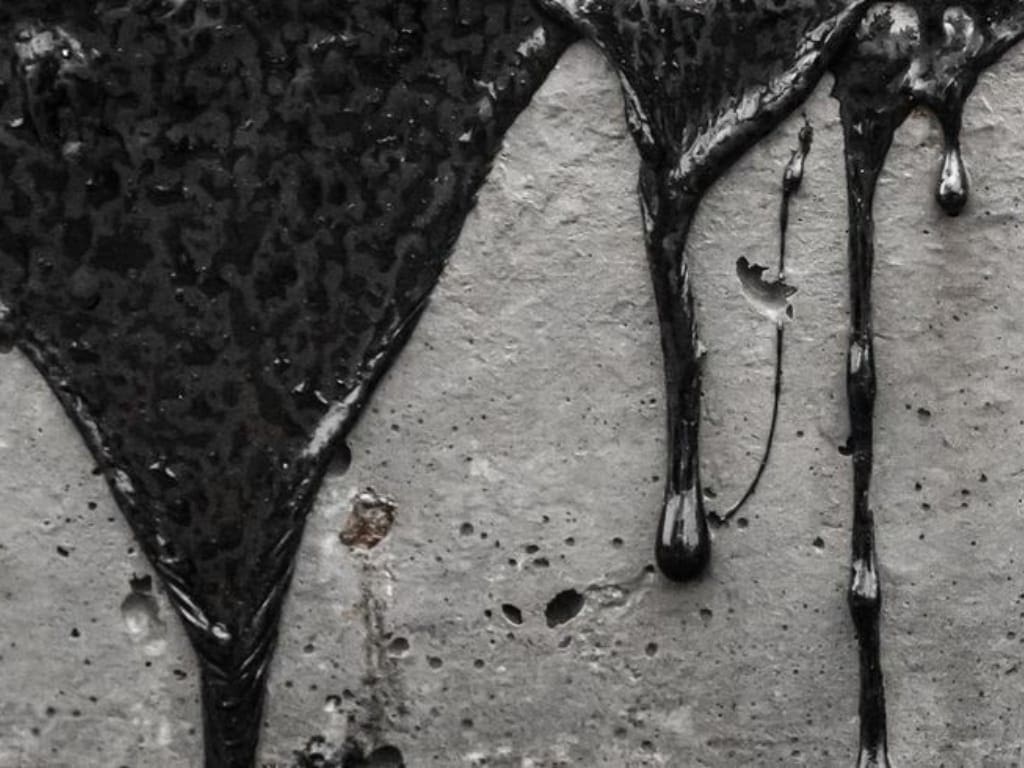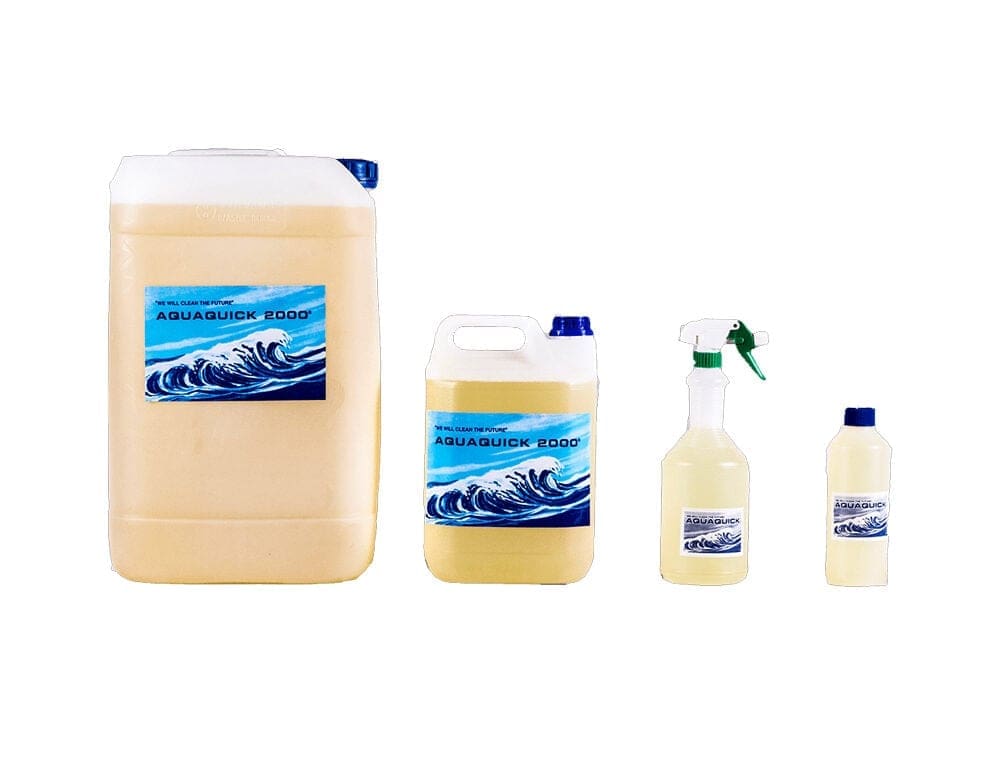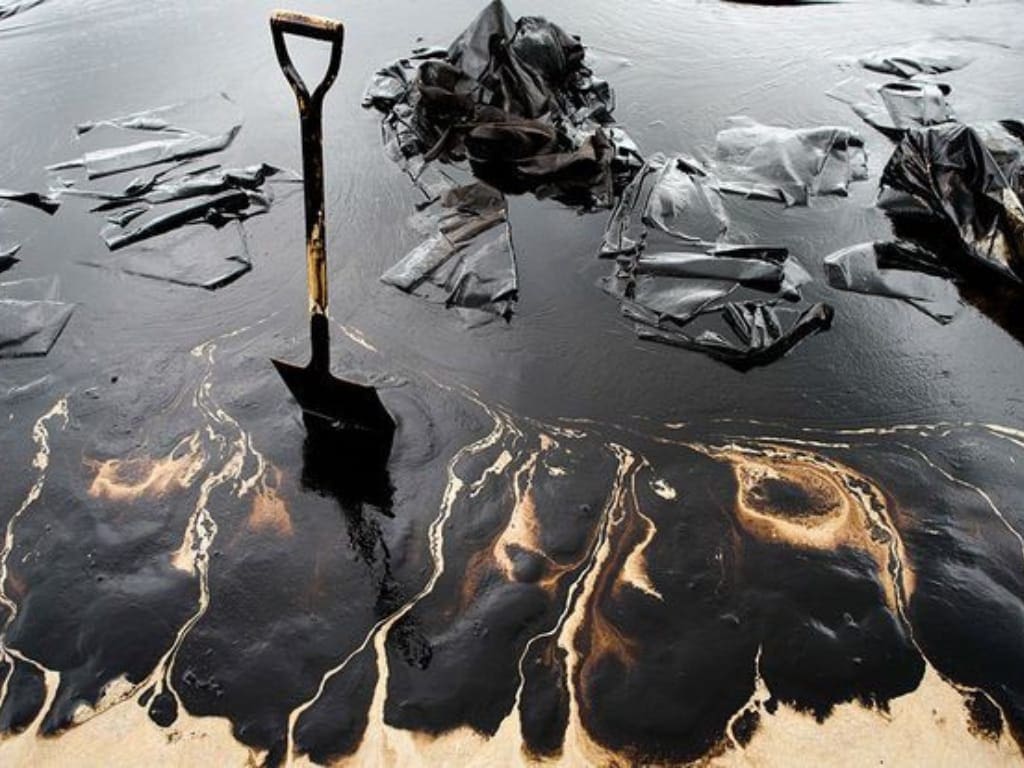Oil spill breakdown have garnered significant attention due to their devastating impact on the environment. The term “oil spill breakdown” refers to the process by which spilled oil is broken down and degraded in the environment. This article aims to provide an accessible overview of oil spill breakdown, delve deeper into its impact, and discuss effective solutions to mitigate its harmful effects.
Understanding Oil Spill Breakdown
When an oil spill breakdown occurs, whether from a tanker accident, offshore drilling rig failure, or other sources, the spilled oil can wreak havoc on ecosystems. However, nature has its way of breaking down and dispersing oil over time through various mechanisms.
- Natural Degradation: One of the primary ways oil spill breakdown is through natural degradation processes. Microorganisms such as bacteria and fungi play a crucial role in breaking down hydrocarbons present in oil. These microorganisms consume the oil as a food source, leading to its decomposition into simpler compounds. This process, known as biodegradation, can take weeks to years depending on various factors such as the type of oil, environmental conditions, and the presence of nutrients.
- Evaporation: Volatile components of the spilled oil evaporate into the atmosphere over time. This process, known as evaporation, helps remove some of the oil from the environment. However, it also poses risks to air quality and human health if large quantities of oil evaporate in a short period. The evaporation rate depends on factors such as temperature, wind speed, and the chemical composition of the oil.
- Dilution: When oil is spilled into bodies of water, it gets diluted as it spreads out, reducing its concentration. Dilution helps disperse the oil and minimize its immediate impact on aquatic life. However, even highly diluted oil can still pose risks to marine organisms and ecosystems. In some cases, dilution may also make it more challenging to contain and clean up the spilled oil effectively.
- Chemical Dispersants: In some cases, chemical dispersants are used to break up oil slicks into smaller droplets, enhancing the natural dispersion and degradation processes. Dispersants contain surfactants that reduce the surface tension of oil, allowing it to mix more easily with water. While controversial due to potential environmental concerns, dispersants can be effective when used appropriately. However, their long-term impact on marine ecosystems requires further study.
Impact of Oil Spill Breakdown
While oil spill breakdown processes help reduce the immediate impact of spills, they can still have significant and lasting effects on the environment. Some of the key impacts of oil spill breakdown include:
- Harm to Marine Life: Oil spill breakdown can have devastating effects on marine life, including fish, birds, mammals, and invertebrates. Oil coats the feathers and fur of marine animals, reducing their insulation and buoyancy, making them more vulnerable to hypothermia and drowning. Additionally, ingesting or coming into contact with oil can cause internal organ damage, respiratory problems, and reproductive issues in marine organisms.
- Damage to Ecosystems: Oil spill breakdown can disrupt entire marine ecosystems, including coastal habitats such as wetlands, mangroves, and coral reefs. Oil smothers vegetation and disrupts the delicate balance of marine food webs, leading to declines in populations of key species and loss of biodiversity. Coastal habitats provide critical breeding, feeding, and nursery grounds for many marine species, so damage to these areas can have far-reaching consequences.
- Economic Losses: Oil spill breakdown can have significant economic repercussions for coastal communities dependent on tourism, fishing, and other marine-related industries. Contaminated beaches and waterways can deter tourists, leading to loss of revenue for local businesses. Fisheries may be closed or restricted due to contamination, leading to financial hardships for fishermen and seafood processors. Additionally, cleanup and restoration efforts can impose substantial costs on governments and taxpayers.
- Long-Term Environmental Persistence: Despite the natural breakdown processes, some oil components can persist in the environment for years or even decades. Heavy oils, such as crude oil, contain complex mixtures of hydrocarbons that can linger in sediments and persist in the food chain, posing long-term risks to marine organisms and human health. Persistent organic pollutants (POPs) associated with oil spill breakdown can bioaccumulate in the tissues of organisms, leading to biomagnification and potential health effects for predators at the top of the food chain.
Preventing oil spill breakdown is crucial for safeguarding the environment and mitigating the detrimental impacts of oil spill breakdown. While it may not be possible to eliminate the risk of oil spills entirely, implementing proactive measures can significantly reduce the likelihood of spills occurring and minimize their consequences. Here are some effective strategies for preventing oil spill breakdown:
- Rigorous Safety Regulations and Enforcement:
Implementing stringent safety regulations and enforcing compliance across the oil industry is essential for preventing oil spill breakdown. Regulations should cover every aspect of oil exploration, production, transportation, and storage, including equipment maintenance, safety protocols, and emergency response procedures. Regular inspections and audits can help ensure that companies adhere to safety standards and promptly address any potential risks or vulnerabilities. - Investment in Infrastructure and Technology:
Investing in state-of-the-art infrastructure and technology can enhance the safety and reliability of oil operations. Advanced pipeline monitoring systems, leak detection technologies, and automatic shutdown mechanisms can help identify and prevent potential spill incidents before they escalate. Similarly, upgrading tanker vessels with double hulls, reinforced bulkheads, and collision avoidance systems can reduce the risk of spills during transportation. - Comprehensive Risk Assessments:
Conducting thorough risk assessments at every stage of oil operations is critical for identifying potential hazards and implementing appropriate preventive measures. Risk assessments should consider factors such as geographical location, environmental sensitivity, weather patterns, and human factors to anticipate and mitigate potential spill risks effectively. By proactively addressing risks, companies can minimize the likelihood of spills and their impact on the environment. - Employee Training and Emergency Preparedness:
Providing comprehensive training to employees on safety protocols, spill response procedures, and emergency preparedness is essential for minimizing the risk of spills. Employees should receive regular training sessions and drills to familiarize themselves with proper safety practices and response protocols. Additionally, companies should establish robust emergency response plans, including the availability of specialized equipment, trained personnel, and coordination with relevant authorities. - Environmental Impact Assessments:
Conducting thorough environmental impact assessments before initiating any oil-related activities can help identify potential risks to sensitive ecosystems and biodiversity. Assessments should evaluate the potential consequences of spills on wildlife habitats, water quality, air quality, and public health. By integrating environmental considerations into decision-making processes, companies can implement preventive measures and mitigate the ecological impact of spills. - Implementing Best Management Practices:
Adopting industry best management practices (BMPs) for oil operations can help minimize the risk of spills and promote environmental stewardship. BMPs encompass a wide range of measures, including spill prevention strategies, pollution control measures, and habitat restoration initiatives. By following BMP guidelines, companies can reduce their environmental footprint and demonstrate their commitment to responsible oil management. - Public Engagement and Transparency:
Engaging with local communities, stakeholders, and environmental organizations is essential for fostering transparency and accountability in oil operations. Companies should actively communicate with the public about their activities, risks, and mitigation measures to build trust and address concerns. Additionally, involving communities in decision-making processes and soliciting feedback can help identify potential risks and improve spill prevention efforts. - Investment in Research and Innovation:
Investing in research and innovation to develop new technologies and methodologies for spill prevention and response is crucial for staying ahead of emerging risks and challenges. Research initiatives focused on spill prevention, oil spill trajectory modeling, alternative energy sources, and sustainable practices can help enhance industry resilience and reduce environmental impacts.

Preventing oil spill breakdown requires a multi-faceted approach that encompasses regulatory oversight, technological innovation, risk assessment, employee training, community engagement, and environmental stewardship. By implementing proactive measures and adopting best practices, companies can minimize the likelihood of spills and protect sensitive ecosystems and communities from the devastating impacts of oil pollution. Ultimately, a collaborative effort involving industry, government, academia, and civil society is essential for achieving effective spill prevention and ensuring the sustainable management of oil resources.
Effective Solutions for Oil Spill Breakdown Cleanup
While oil spill breakdown occurs naturally, human intervention is often necessary to expedite the process and minimize environmental damage. Here are some effective solutions for oil spill cleanup:
- Mechanical Skimming: Mechanical skimmers are devices used to remove oil from the surface of water. These devices employ barriers or floating booms to corral the oil, which is then skimmed off the surface using suction or absorption mechanisms. Mechanical skimming is particularly effective in calm waters and can significantly reduce the amount of oil present.
- Bioremediation: Bioremediation involves the use of microorganisms to degrade oil contaminants in the environment. Specialized bacteria and fungi can be introduced to oil-contaminated areas to accelerate the natural degradation process. Bioremediation is environmentally friendly and can be highly effective, especially in areas where other cleanup methods are impractical. However, it may take time to see noticeable results, and the effectiveness can vary depending on environmental conditions.
- Containment and Sorbents: Containment booms and sorbent materials such as absorbent pads and booms are used to contain and absorb spilled oil, preventing it from spreading further and minimizing its impact on sensitive ecosystems. These materials soak up oil like a sponge, facilitating its removal from the environment. However, proper disposal of used sorbents is essential to prevent secondary environmental contamination.
- In-situ Burning: In-situ burning involves igniting the oil slick directly on the water’s surface, effectively burning off the oil. This method can be particularly useful for removing thick oil slicks in remote or inaccessible areas where other cleanup methods are challenging to implement. However, it requires careful planning and coordination to minimize air pollution and safety risks. In-situ burning should only be considered as a last resort when other cleanup methods are ineffective or impractical.
- Community Engagement and Education: Educating communities about the importance of preventing oil spills and implementing proper cleanup procedures is essential for effective oil spill management. By raising awareness and promoting responsible environmental stewardship, communities can play a vital role in preventing future oil spills and minimizing their impact when they do occur. Public participation in oil spill response efforts, such as volunteer cleanup activities, can also enhance the effectiveness of cleanup operations and foster a sense of ownership and responsibility for local environments.
Why AQUAQUICK 2000 Is The Best Product For Oil Spill Breakdown Cleanup?

AQUAQUICK 2000 presents a potent solution for combating oil spill breakdowns, offering a range of benefits that aid in effective cleanup operations. Primarily, its rapid degreasing action stands out, swiftly penetrating and emulsifying oil, grease, and hydrocarbon contaminants upon application. This efficiency expedites the cleanup process, crucial for containing and minimizing the spread of spilled oil in various environments, whether on land or water.
What sets AQUAQUICK 2000 apart is its commitment to environmental safety. Unlike many conventional cleaning agents, it boasts a biodegradable formula that ensures minimal harm to ecosystems. With no harsh chemicals or toxic additives, it breaks down into harmless byproducts, aligning with sustainable cleanup efforts while reducing the environmental footprint of cleanup operations.
Versatility is another hallmark of AQUAQUICK 2000. It can be applied through various methods – spraying, brushing, soaking, or as part of a mechanical cleaning process. This adaptability makes it suitable for a wide array of cleanup scenarios, from industrial facilities to natural habitats, offering flexibility and efficiency in tackling oil spills across diverse surfaces and settings.
Importantly, AQUAQUICK 2000 prioritizes safety for personnel involved in cleanup operations. Its non-flammable nature and lack of harmful fumes ensure a safe working environment, even in enclosed or poorly ventilated spaces. This aspect not only safeguards the health and well-being of workers but also enhances overall operational safety during handling and application.
Furthermore, AQUAQUICK 2000’s effectiveness extends to multiple surfaces, including concrete, soil, water, and metal. It removes oil and grease stains without causing damage to underlying surfaces, maintaining the integrity of infrastructure and ecosystems alike. This comprehensive cleaning capability enhances its utility across various cleanup applications, delivering consistent and reliable results.
Finally, compliance with environmental regulations underscores the reliability of AQUAQUICK 2000. Meeting stringent standards for environmental safety and regulatory compliance, its use ensures that cleanup operations adhere to legal requirements. Organizations can rely on AQUAQUICK 2000 to not only effectively address oil spill breakdowns but also demonstrate their commitment to responsible environmental stewardship and regulatory compliance.
Conclusion
Oil spill breakdown is a natural process driven by various physical, chemical, and biological mechanisms. While nature has its way of degrading spilled oil over time, human intervention is often necessary to expedite the cleanup process and minimize environmental damage. By employing a combination of mechanical, biological, and chemical cleanup methods, along with community engagement and education, we can effectively mitigate the harmful effects of oil spills and protect our precious ecosystems for future generations.
It is essential to continue research and development efforts to improve oil spill response technologies and enhance our ability to prevent and respond to oil spill incidents effectively. By working together and implementing sustainable practices, we can reduce the risk of oil spills and safeguard the health and integrity of our planet’s oceans and coastal environments.














